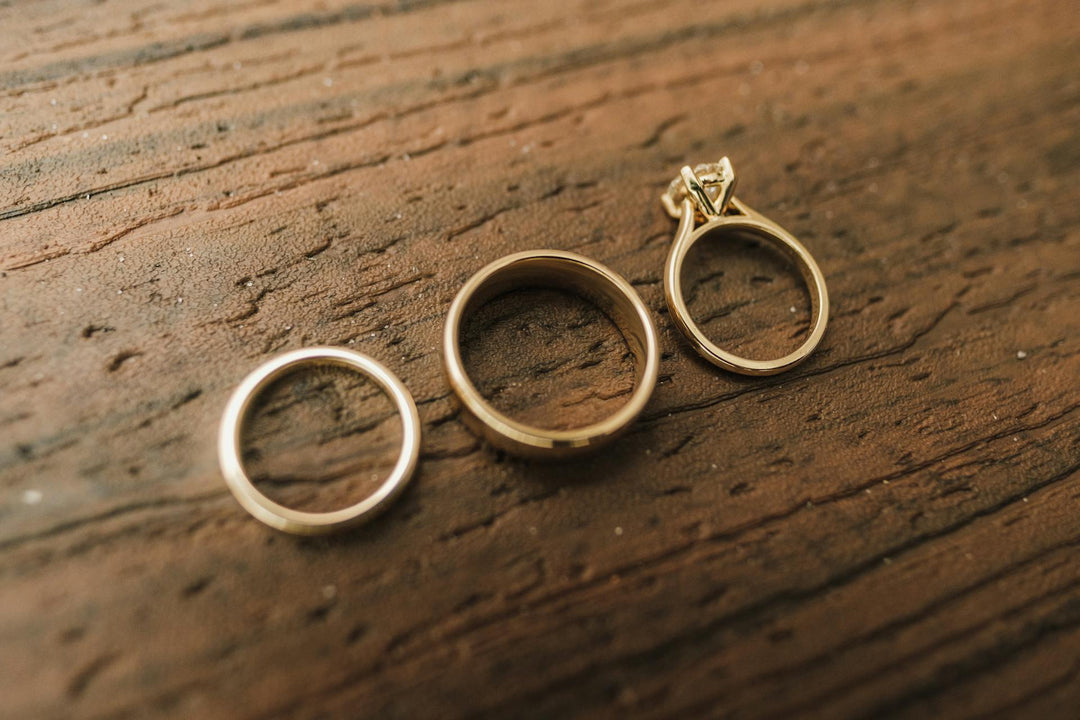Gold karat is a measurement of the purity or fineness of gold. It indicates the proportion of pure gold in a piece of jewelry or other gold items. The karat system is widely used in the United States and some other countries to denote the purity of gold.
The karat scale ranges from 1 to 24, with 24 karat gold being considered pure gold. Pure gold is very soft and malleable, so it is often alloyed with other metals to increase its hardness and durability. The most common alloys used are copper, silver, nickel, and zinc.
Here's a breakdown of the most common gold karat values and their corresponding purity levels:
-
24 Karat (24K or 24/24): This is pure gold, containing 99.9% gold. It is the highest level of purity but is not commonly used for jewelry due to its softness.
-
22 Karat (22K or 22/24): Contains 91.7% gold and 8.3% alloy metals. It is commonly used in high-quality jewelry, especially in traditional or cultural designs.
-
18 Karat (18K or 18/24): Contains 75% gold and 25% alloy metals. It is a popular choice for fine jewelry, balancing both purity and durability.
-
14 Karat (14K or 14/24): Contains 58.3% gold and 41.7% alloy metals. It is widely used in the United States and offers a good balance between gold content and durability.
-
10 Karat (10K or 10/24): Contains 41.7% gold and 58.3% alloy metals. It is the minimum karatage allowed to be considered "real gold" in the United States. It is often used in affordable jewelry or pieces that require more strength and resistance to wear.
It's important to note that the karatage only indicates the purity of gold in a piece; it does not provide information about the color or other characteristics. Different alloy metals can be used to achieve different colors, such as yellow gold, white gold, or rose gold.
When purchasing gold jewelry, it's essential to check the karat mark stamped on the piece to determine its purity. This mark is typically found on the inside of rings, clasps of necklaces or bracelets, or the back of earrings.





